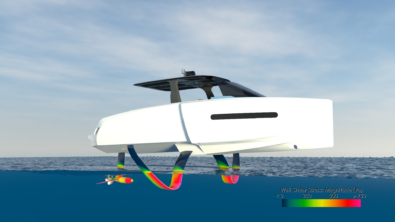Foils, foils and more foils
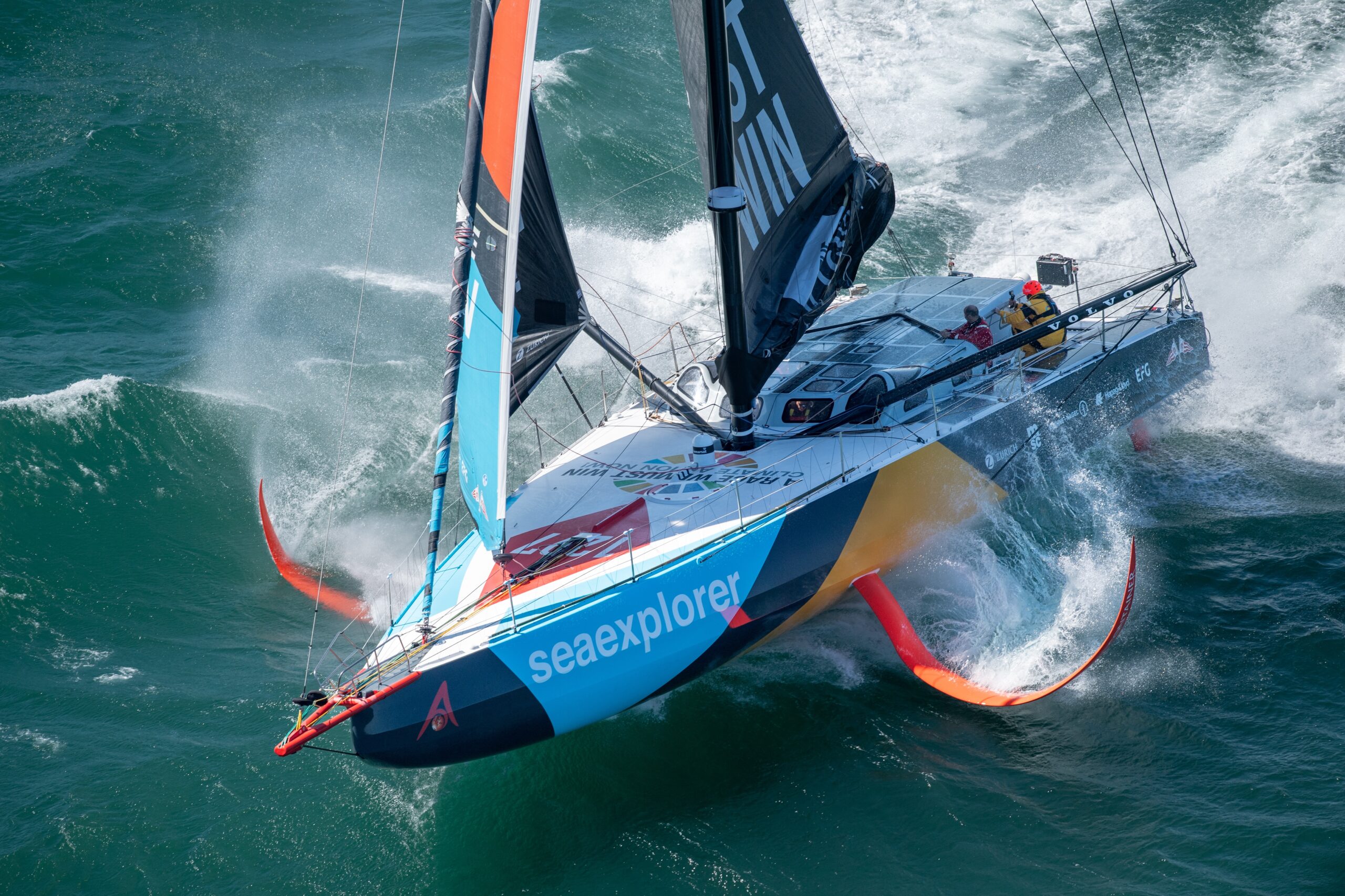
At the Vendée Globe sailing race
45,000 km or 24,300 nautical miles. Every four years. Around-the-world. Many flying on foils to the most remote corners of the oceans. Solo-sailing, non-stop, no-assistance in an 18.288m or 60-foot IMOCA-class boat. This is the Vendée Globe.
If you are a sailing or foiler fan, the Vendée Globe is the equivalent of the Masters, Roland Garros, an IRONMAN world championship…well, you get my point. It is a big-deal, global sailing event that focuses on all-around technical savvy of the skipper and prep crew as well as, honestly, pure grit if you happen to be one of the 40 men and women who casted off from Les Sables d’Olonne on November 10th, 2024. (Les Sables d’Olonne is a seaside resort and sailing port located on the Atlantic coast in westeren France. It’s slightly below Nantes if that helps you geo-localize.)
A different flavor of event than the America’s Cup*, which, in my opinion, has a more F1 atmosphere, the Vendée Globe brings the sailor out in everyone. This is why nobody was surprised that over 1.3 million people visited the Vendée Globe village to see the boats up close this year.
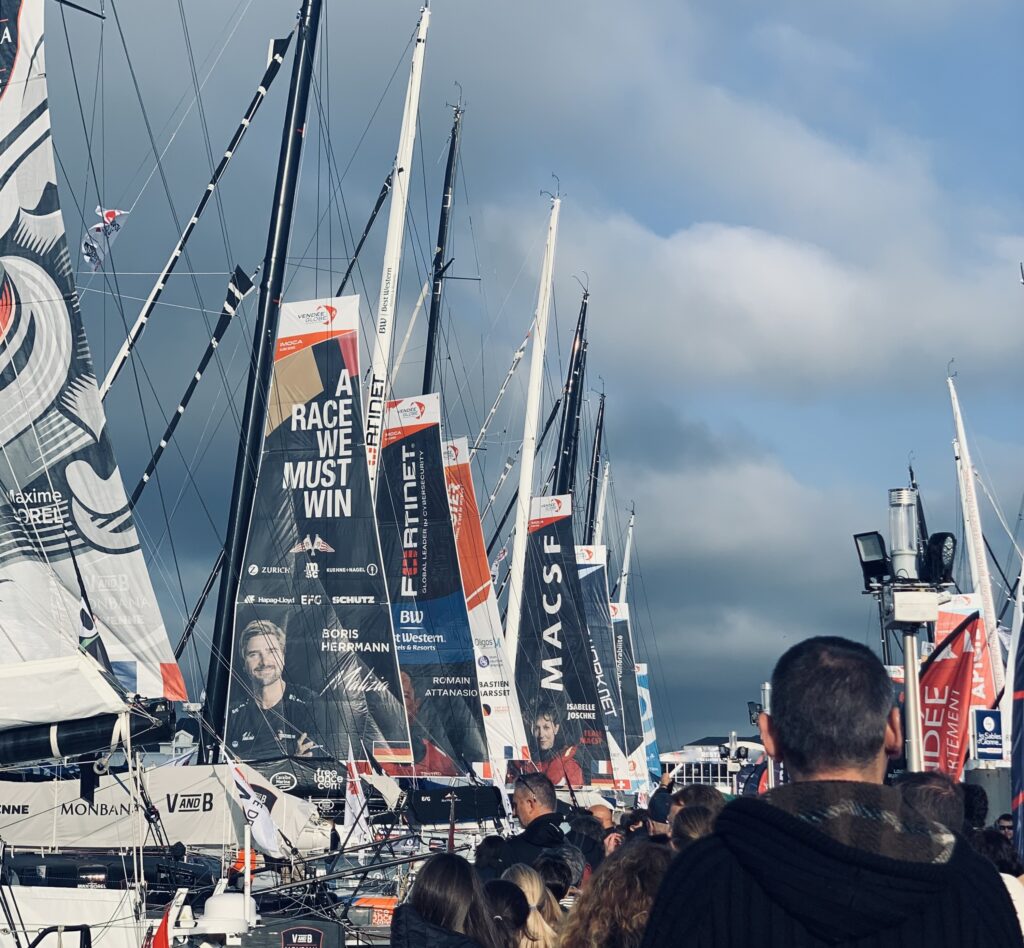
Heroes and personalities
Unlike other events, the Vendée Globe happens every four years. And it is worth the wait – it is filled with nail-biting excitement, terrifying waves and rough seas, cracking masts, tears of exhaustion, daring rescues, sustainable initiatives and a save-the-planet vibe, been-on-the-boat-by-myself-for-too-long-humor and a serious, serious amount of sheer determination to get to the finish.
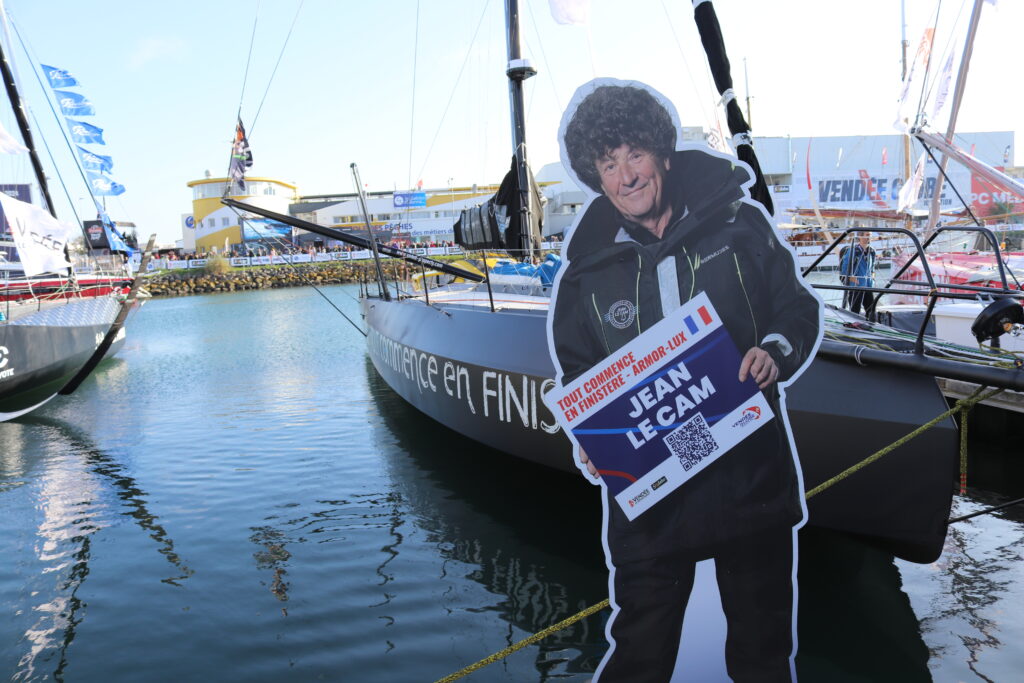
The Vendée Globe has its rock stars from the quirky Jean Le Cam — the oldest skipper, who is sailing his 6th Vendée Globe at the age of 65 in a new boat equipped with daggerboards and not foils, btw — and the Japanese sailor Kojiro Shiraishi, the first Asian to complete the around-the-world race in 2020, to French sailing legends like Loîck Peyron….and Armel Le Cleac’h.
High-speed, high-tech foils
And speaking of Armel Le Cleac’h, his is still the record to beat. This edition, all eyes (and foils) are on breaking the record set by Le Cleac’h in 2016 of 74 days and 3 hours.
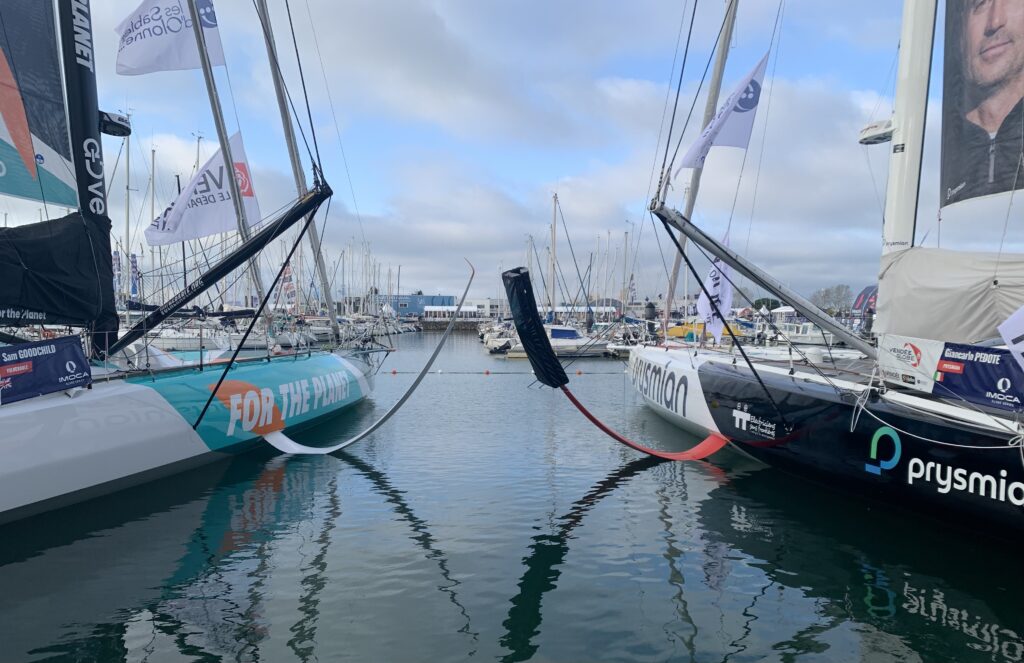
Which is probably why the village was filled with foils. Practically everywhere you looked, you saw them in some shape or form. Logically so, foils are one of the most obvious ways to achieve speed and top performances. And unlike other IMOCA rules, foil design is still one of the areas where there is a bit of wiggle room for naval architects. You are allowed to have a maximum 8m3 volume and the retractable foil can move up and down and forward and backward.
One of the main challenges for naval architects, CFD engineers, structural experts and aerodynamic specialists, who all work on these IMOCA boats and other foilers, is how to optimize the foil installation and functionality to reduce drag and maximize speed and overall performance while maintaining structural safety.
But refitting an existing boat or designing a new boat with foils is not a walk in the park. One of the main challenges for naval architects, CFD engineers, structural experts and aerodynamic specialists, who all work on these IMOCA boats and other foilers, is how to optimize the foil installation and functionality to reduce drag and maximize speed and overall performance while maintaining structural safety, especially during a risky race like the Vendée Globe.
Feel-good factor for the planet
One of the feel-good factors of this Vendée Globe edition is the global sustainability issue. 25 out of the 40 boats are taking scientific equipment from UNESCO and the WMO (World Meteorological Organization) onboard to help gather data to advance oceanographic research and weather reporting as well as certain team-specific initiatives with partner scientific organizations.
Data like ocean temperature, atmospheric pressure, and dissolved carbon dioxide concentration will be gathered from the far reaches and remote corners of the world’s oceans and will benefit scientists around the world who study ocean and marine ecosystems.
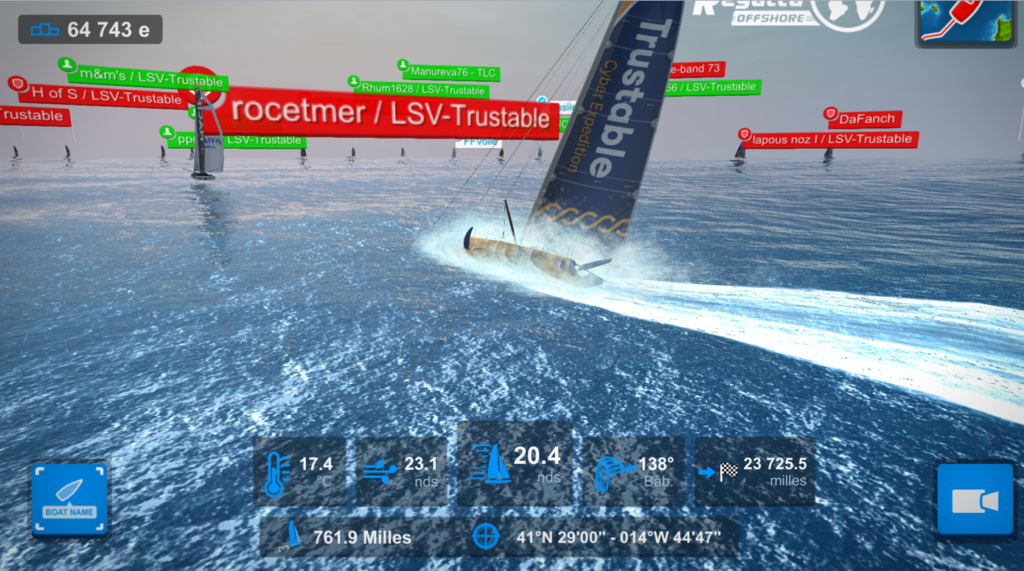
The digital twin factor
What is funny and probably partly responsible for the Vendée Globe’s gain in popularity is a digital twin gaming experience called Virtual Regatta. For those of you who don’t recall, the last edition took place during the COVID lockdowns. With a captive audience (literally), it wasn’t surprising that over a million people raced along in their own IMOCA digital twins. Fast-forward 4 years of digitalization later, and Virtual Regatta is a main sponsor with a major French motion picture in cinemas to boot.
Courage. Authenticity…and, a forgotten word, patience.
With 14 nationalities and 6 women, the Vendée Globe has grown from a niche French sailing race to a global real/virtual event with millions following the real sailors online and on social media as well as racing along on the Virtual Regatta.
But as I watch the 2024 edition unfold this November, I can’t help but think that we can all take a page out of the fact that unlike practically everything these days – the Vendée Globe is not instant or even annual. It requires patience: an event that happens just every 4 years and takes (plus or minus) 75 days to complete. There is no roadmap to the race. There is no commentator calling the scores or predicting victory or arrival times. It is the opposite of “instant everything”. And, well, that is surprisingly pleasant.
So, come mid-January, we’ll start to cheer on the skippers as they sail back across the Atlantic towards Les Sables d’Olonne…and relive the highlights of this around-the-world adventure along the way. One thing I know right now, it is going to be a race filled with exciting possibilities and lots of great foiling shots…
…
One of the major technology breakthroughs in the marine sector coming from races like the Vendée Globe is the foil. Not that the foil is new – the Vikings used the concept— the innovation factor is how they are used, constructed, designed and refined today. To read more about how Simcenter and the Siemens Xcelerator portfolio plays a role in foil design excellence, check out the cover story of the latest edition of Engineer Innovation.
Click here
Click here
*America’s Cup Asterix
BTW, if you want to check out how Siemens Xcelerator and Simcenter Engineering and Consulting Services help develop and design concept and prototype boats for the America’s Cup…
Blog images courtesy of Audrey and Philippe Duval.


